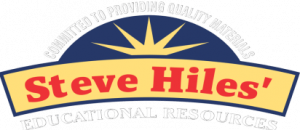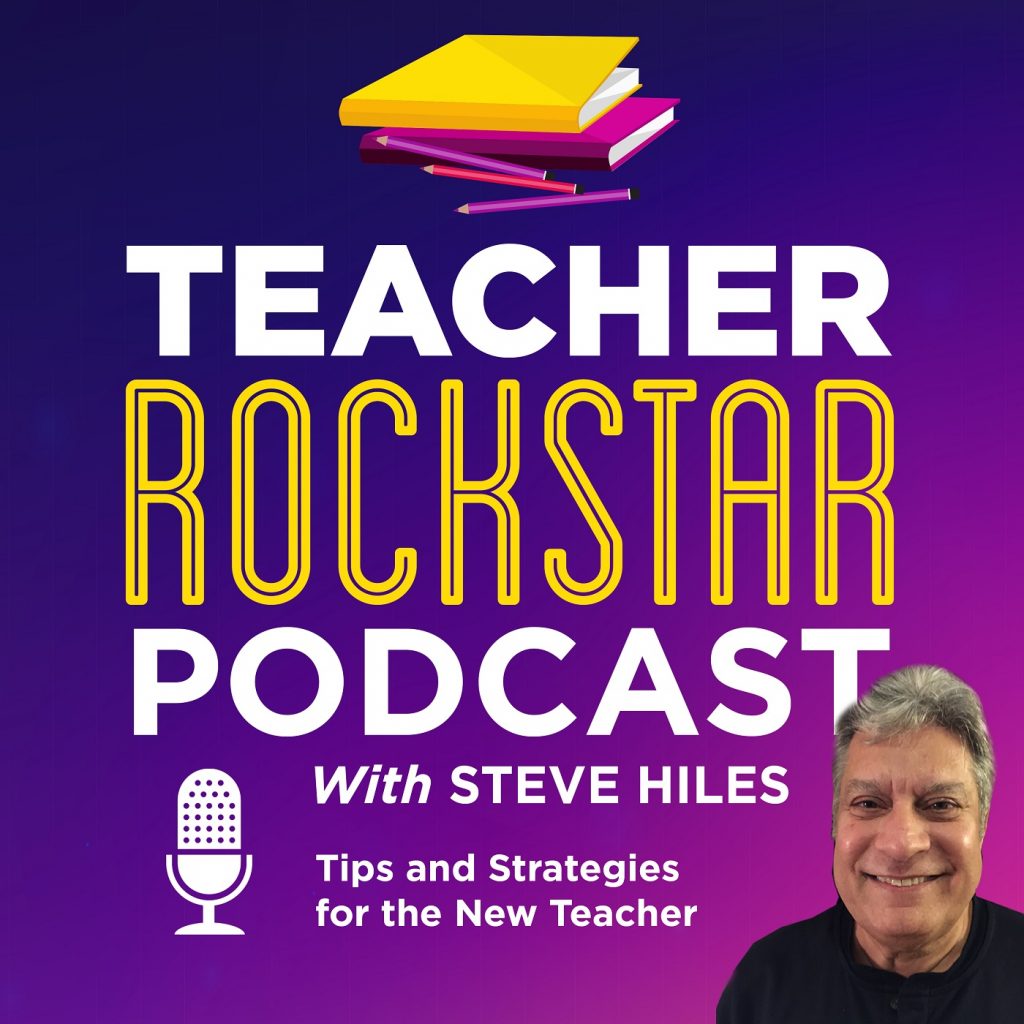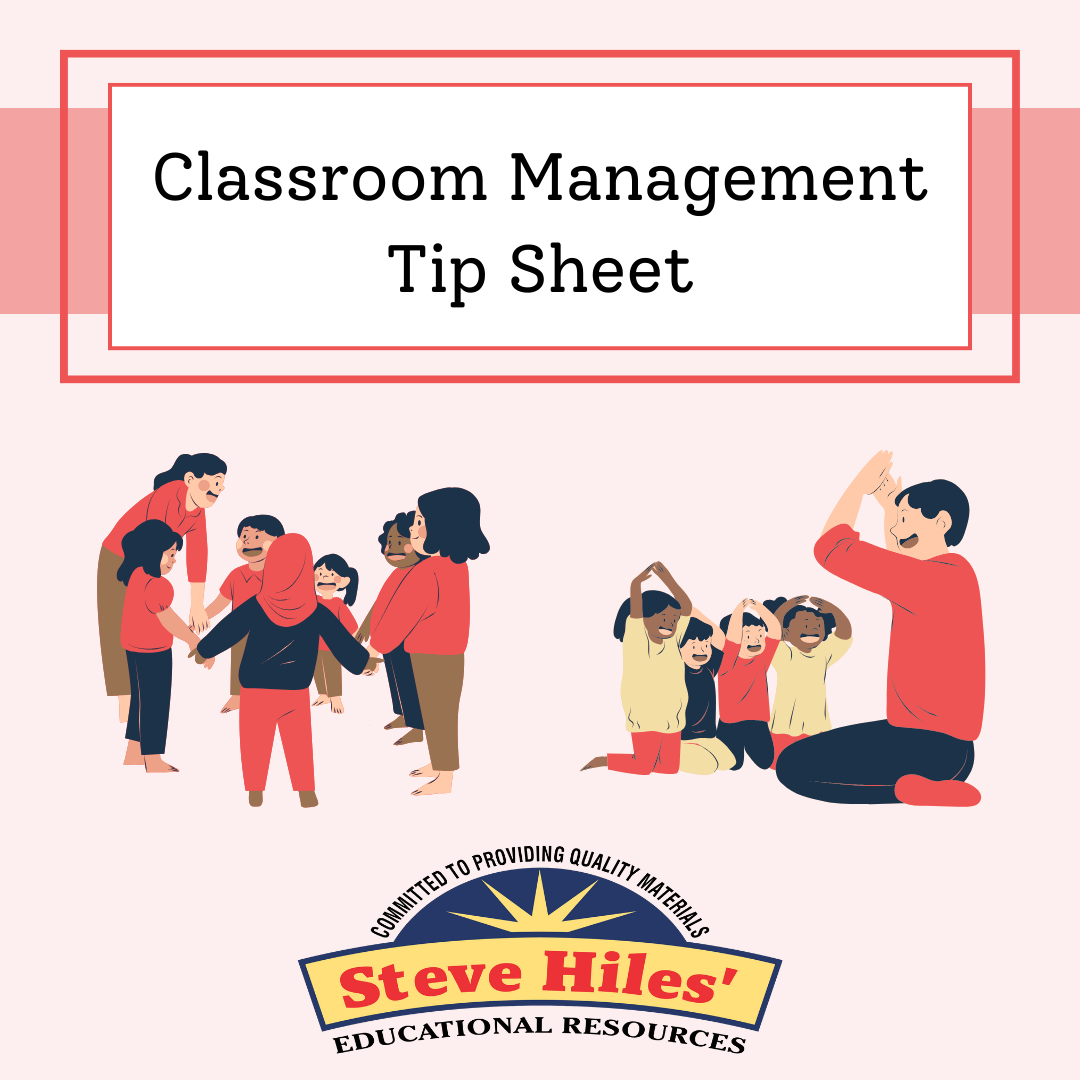There are some parents that don’t understand that education is stronger when there is a partnership between both their parent and teacher in educating their kids. When you invite the parents to your classroom to go over the curriculum be sure you communicate to them the outline of both productive and disruptive types of behaviors. You need to ensure that the rules of your classroom are in place from the beginning of school. Be sure to include an outline of how the disruptive behaviors will be addressed, and outline the consequences for ongoing disruptive behavior. When talking with a student that has started to be disruptive or challenging it is good to have a conversation with that student by focusing on what you would like to see them do, versus telling them what they are doing is wrong.
Now let’s get into How to respond to disruptive behavior. I know acting in the moment is really hard, whether it is in the classroom or outside the classroom. Everyone is different. As the teacher your direct intervention will work for so many situations, so have confidence in that. Students do look up to you, so remember to just be calm and take a deep breath. Remember to listen to students concerns and identify the catalyst for the disruption. There are always two sides to every story, don’t assume that you know what happened. Knowing both sides of the story and showing you gave the student their time in the spot light will make a student feel respected and heard. There is no need to inflame the situation by making them feel unheard. Acknowledge the feelings of the student, because from my experience the source of disruptive behaviors is often caused by stress or frustration.
Most importantly we need to discuss WHAT NOT TO DO. You do not want to embarrass the child, put them on the spot or give them an audience. Of course some behaviors can be very challenging, but as an educator you need to remember we are not responsible for disciplining the children so never-ever put your hands on a student. Do not blame or ridicule the student, or use sarcasm. Avoid making the disruptive behavior of an individual student a ”class issue” – just address the student causing the issue directly and do not punish the whole class based on the actions of one. Many students are going through situations we may not be privy too, it is best to seek professional help such as speaking with the school psychologist if there is one, or bringing up the issue with the parents.
I want to give some suggestions for how to deal with a disruptive or challenging behavior. Always focus on the student, instead of saying ”Class we all know that talking during the lesson is disruptive.” Say something to the effect of ”Hey Jackson, talking while I’m teaching is disrespectful, could you please wait until I am done? If you have any questions I will answer them at the end.”
One thing you never wait to do…as I stated earlier is embarrass the student on the spot. This kind of thing does not always end well. Give the student the opportunity to ’save face.’ You want to de-escalate the situation. Talk to the student after class or at the end of the day, which ever is convenient to do so. But always remember this: Punish in private, praise in public is a good policy.
Nip situations in the bud and let students know that they agreed to follow the classroom expectations. For example you can say something like ”Jane, passing notes in class is not allowed per our classroom rule, and remember to stay calm. The end goal here is to get the student to change their behavior so that they can reach their max potential and learn. And also for you to be able to utilize teaching time effectively and teach the rest of the class.
Now their are some good administrative tasks to be done after there has been an issue with a student. The days are long in the world of teaching and you might not be able to remember everything. And so it is imperative that you document details about any incidents that occur during the day. Be sure to document the date time and location of the behavior of the student and also the students that were impacted by the situation. Include how the situation was resolved if it was resolved.
For minor disruptions an email can serve as both a tool to remedy behavior and to document the issue as well. You need to be sure that you have incidents recorded and communicated to the correct parties so that you aren’t approaching the end of the year and you are burnt out and complain that this one student was a problem all year. At that moment in time you will likely look like you can’t manage your class and if you can’t provide evidence for why that is, than your statement is just an opinion and surely the child’s parents will say their child is an angel. So keep a record of everything, it will come in handy, and you won’t regret it. In situations where children become violent and are a danger to you or other students please follow your schools policies on how to deal with these situations.
If you are also sensing that things are escalating day by day you need to notify your schools principal of your concerns. As educators we do try our best to get through to as many students as we can, but we also have our limitations and boundaries. If you are ever uncomfortable by a situation take the necessary steps you need to be safe and communicate with your principal.
In summary we discussed how to use effective prevention by having both students and parents aware of the disruptive and challenging behaviors that are not acceptable in your class. Setting the ground rules and sticking to them—being consistent. This was followed by how to respond to these situations in the moment with a list of what not to do and suggestions or examples for what you could do. Last but not least, I added what is often overlooked and that being good administrative practices.
This is because we couldn’t possibly remember everything and it is an important habit to build for when issues escalate. This includes documentation of who, what. when and where the incident occurred, how it was resolved, and sending out a communication to relevant parties to keep a record of the challenges you are experiencing.









